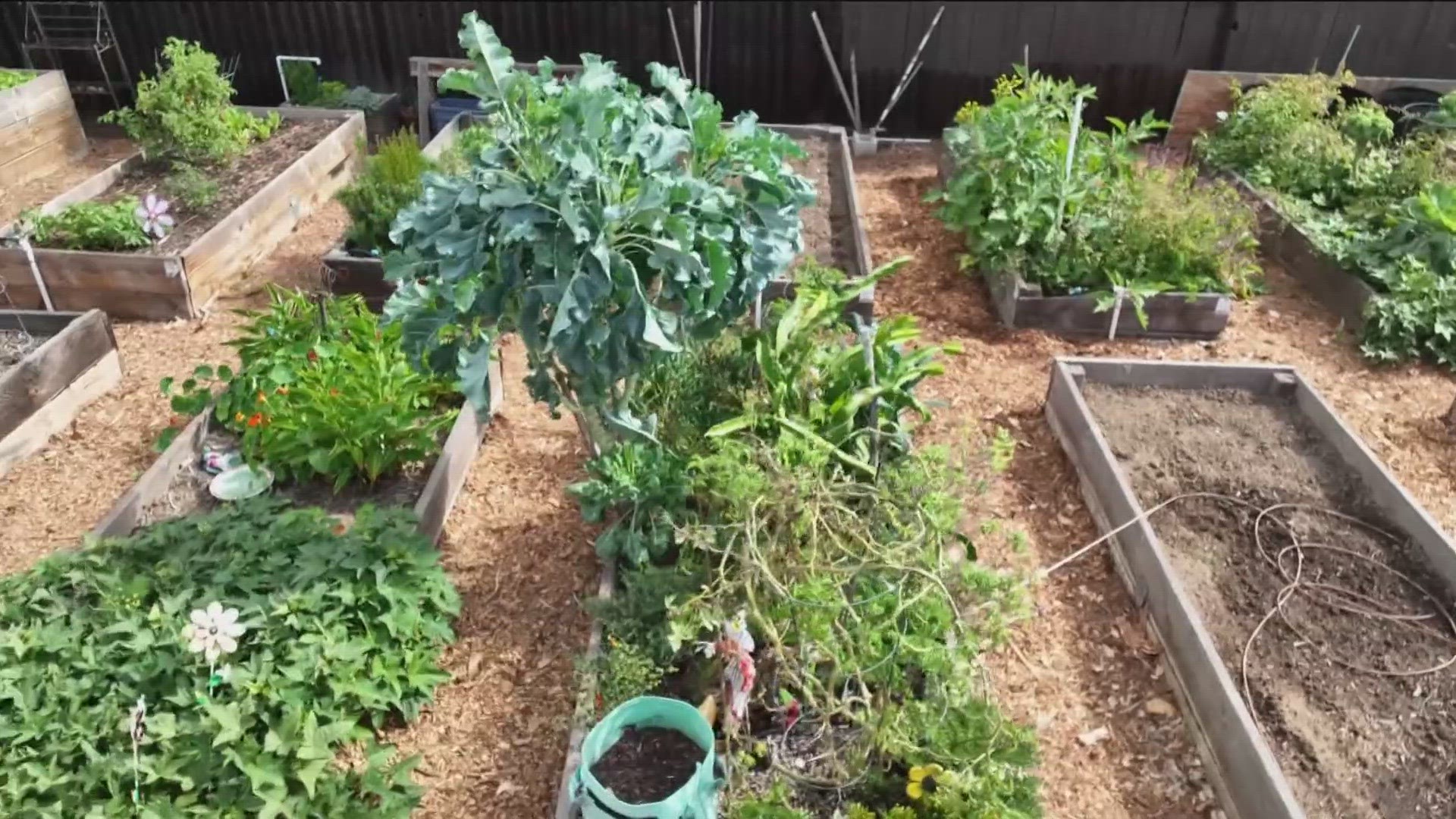SAN DIEGO — The landscape of our planet is changing.
Every form of life is being impacted by climate change and that includes plants. Researchers at the Salk Institute have created a new technology to study the cellular life of plants in 3D.
This insight shows a colorful world with information that could be the seed to growing a more resilient green future.
"So, it's a very complex organ made of different kinds of cells in layers, and what we're looking at in colors are all genes. So, you can see how each little speck is a gene. Different colors mean different genes with different functions," said Salk Researcher, Tatsuya Nobori.
Thanks to advancing technology, with roots in La Jolla, we can clearly see each speck in this 3D image of a lab plant. This is unlocking information not visible to the naked eye.
This new imaging technology is called PhytoMap. It was published a few months ago and developed by Salk scientists, including Nobori. From root tip to leaf tip, it examines the cellular life of entire plant tissues. PhytoMap helps researchers to see how cells communicate with each other using a bunch of different kinds of genes. During a visit to the institute, Tatsuya and I were looking at the gene expression of RNA molecules produced by plants.
"So, ultimately, we'd like to advance PhytoMap so that we can visualize not only RNAs, but also proteins and other kinds of molecules at the same time," said Nobori.
The data is being used to understand a plant's response to environmental changes and functional needs.
The images help researchers to study various genes without time-consuming genetic manipulation. Many genes can be studied at the same time in lab plants like Arabidopsis Thaliana, without having to sacrifice or slice the plants.
"If you cut the slice, you're going to lose all the rest of the information. That's why that's the motivation behind developing PhytoMap. You can visualize a lot of genes, at the same time in 3D plant tissue, without even breaking cells apart or cutting the tissue of them," explains Nobori.
Learning how these cells communicate offers light on predicting how plants could respond to climate changes.
PhytoMap allows researchers to note how each individual cell responds in different ways to stresses including high temperatures and lack of water. From lab plants to crops, this insight could potentially help farmers navigate a changing landscape when it comes to future crops.
"Then we can learn how plant cells function in the face of changing climate, and we can use this basic understanding to potentially create crops that are more resilient against climate change in the future," said Nobori.
Hopefully, this research will connect the dots to grow a more adaptable ecosystem, one noted colorful speck at a time.
WATCH RELATED: San Diego awarded $10 million grant to plant trees, increase urban forest amid changing climate

